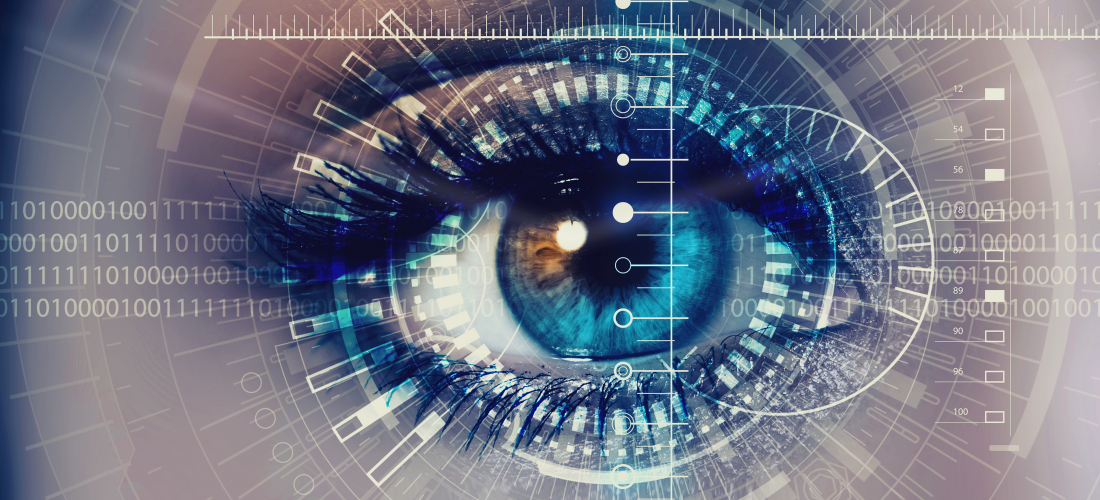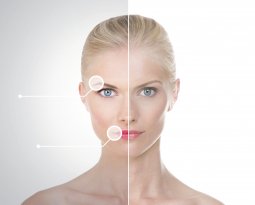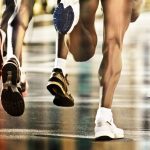
Research Demonstrates that Vision Affects Head Posture
Did you know that the position and accuracy of your eyes directly impacts your posture? Visual deficits and their compensatory head posture distortion patterns can be causing headaches, neck pain, and fatigue.
Humans have the unique ability of interacting with our environment from an upright postural position. As human beings we keep our bodies vertical to the ground and eyes parallel to the horizon. The visual system contributes to postural control by delivering information from the retina to different areas in the brain that allow for object identification and movement control.
Buchanan et al. (1999) concluded the following statements regarding vision as it relates to postural control. Fixing the head and trunk in space achieves three major functional tasks:
1) It stabilizes the visual field for gaze stabilization
2) It stabilizes the center of mass of the head and trunk within feet support
3) It minimizes the external stress acting upon the head and trunk
Patients who present with visual impairments, may have an impaired ability to control their posture and their balance, especially during movement. Visual deprivation destabilizes head and trunk posture, this provides evidence that control of the head and trunk is assumed in a top-down mode. Postural Neurologists recognize the value of a top-down correction strategy for sustained postural changes of the cervical spine.
Neurologic Connection of the Eyes and Cervical Spine
The medial longitudinal fasciculus (MLF) is a descending pathway that connects the eyes to the cervical spine. The MLF is a complex fiber bundle in the brainstem made up of fibers from the vestibular system, visuomotor fibers that control eye movements, and descending fibers of the tectospinal tract. The tectospinal tract is the pathway that controls movement of the neck to coordinate head and eye movements.
Therefore, when there is dysfunction of the visual or vestibular system, it impacts the postural presentation of Posture Quadrant 1, resulting in postural distortion patterns of the head and neck. By stimulating the eyes and the ears, you will often see immediate changes in head posture and improved range of motion of the cervical spine.
The Visual System Contributes is Responsible for Orientation
The role of vision in relation to the Posture System is spatial orientation and maintaining posture and balance. Visual sensation is a critical source of information that specifies spatial orientation in the environment (Wade & Jones, 1997).
Since humans adopted a bipedal upright stance, they have been challenged to maintain an unstable equilibrium of the body with a high location of the body center of gravity over a small base of support (Duarte, 2002). With dysfunction of the visual system, this task becomes considerably more difficult.
The visual system is one of the sensory systems enabling the body to assess and process information about the external environment. In the absence of vision, a blind person loses contact with the outside world and develops faulty motor patterns, which results in postural deficiencies (Alotaibi et al., 2016). Researchers suggest that blind patients, or patients with significant visual deficits should participate in posture and gait rehabilitation programs to improve their balance and motor output patterns.
Aside from the visual field itself providing an important source of postural control, proprioceptive information may also be relayed from the extraocular muscles to the sensory cortex. Buttner-Ennever and Horn (2002) describe a ‘dual control’ system where two distinct pathways are responsible for afferent input into the oculomotor nuclei.
One pathway serves to generate eye rotations, while the second pathway provides sensory information regarding eye alignment and stabilization. This is an important part of the visual postural control pathway, as this pathway may compensate for visual deprivation such as in darkness.
References:
Alotaibi, A. et al. (2016) Effect of absence of vision on posture. J Phys Ther Sci., 28(4) p. 1374-7.
Buchanan JJ, Horak FB. Emergence of postural patterns as a function of vision and translation frequency. J Neurophysiol.1999
Buttner-Ennever JA, Horn AKE. The neuroanatomical basis of oculomotor disorders: the dual motor control of extraocular muscles and its possible role in proprioception. Curr Opin Neurol. P.15:35–43.
Duarte, M. et al. (2002) Effects of body lean and visual information on the equilibrium maintenance during stance. Exp Brain Res, 146 p. 60–69.
Wade, M. & Jones, G. (1997) The role of vision and spatial orientation in the maintenance of posture. Physical Therapy, 77(6) p. 619-628.











